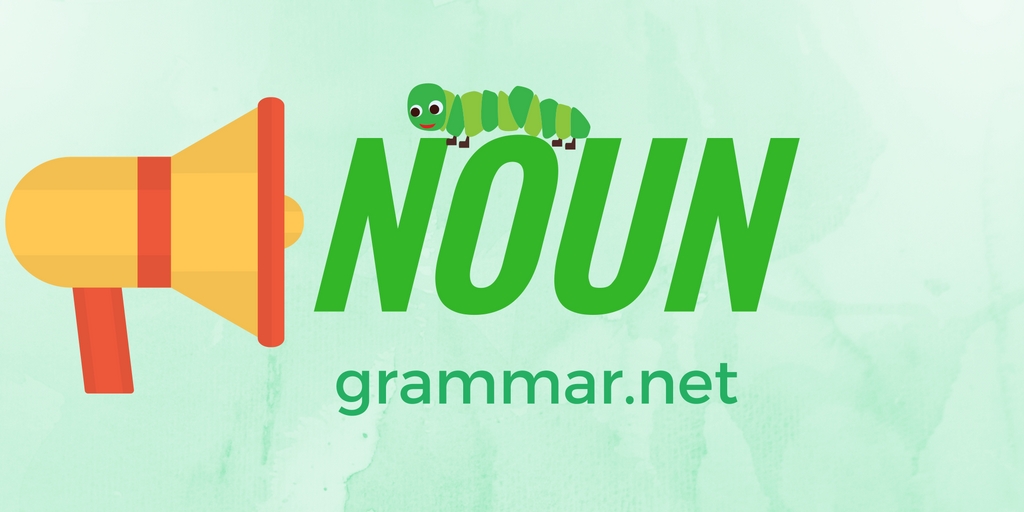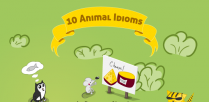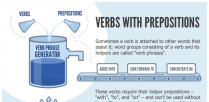Today I’d like to clarify some small details in our everyday English.
We always use the following words to explain the grammar: noun, pronoun, verb, adjective, adverb, synonym, antonym, etc. Let’s define the meaning of some of them now.
According to the Wikipedia, a NOUN is a word that functions as the name of some specific thing or set of things, such as living creatures, objects, places, actions, qualities, states of existence, or ideas.
We use these names to speak about everything!
To define the noun in the sentence, you can ask “what is it?” The answer will be “This is +noun.”
One uses the noun in the sentence as a subject or an object.
For example: “Kittens like milk.” “Kittens” is the subject of the sentence, “milk” is the object of the sentence.
The subject is one “who” or “what” makes an action:
- Eugene takes care of his new car.
- Mice somehow have stolen a bar of soap from the shop.
- At last, the table is in your room.
The object in the phrase may be Direct, Indirect, Prepositional.
Generally, an action is performed with the object:
- Mother waters the roses three times per week.
“Roses” here represent the Direct Object.
- Linda made a present for her friend.
“Friend” represents the Prepositional Object.
We define the different types of the noun.
What we should pay attention are such notions as countable and uncountable nouns, and proper vs. common nouns.
1) Countable nouns are the words (nouns, of course) that we can count:
One dog, two liters, three semesters, four words, five of us.
2) Uncountable nouns:
- The nouns that can’t be rationally calculated.
- You can’t use the indefinite article with them.
- There are some words that can be only plural in English.
- The easiest way to distinguish countable from uncountable is to try to count them.
For instance, some flour and one kilo of flour is English. But you won’t hear two crumbs of flour, and a flour in this world.
Glasses, jeans, and so forth are only plural, and we enumerate the quantity of pairs of glasses and jeans.
3) Proper nouns are the names that people gave to a separate common term.
E.g. France. It is one of the countries (common noun), but it has the name that distinguishes it from all the other states and territories.
Also, we can meet the following definitions as noun phrases, concrete nouns and abstract nouns, collective ones. Thanks to the education program we don’t have much trouble with them!









